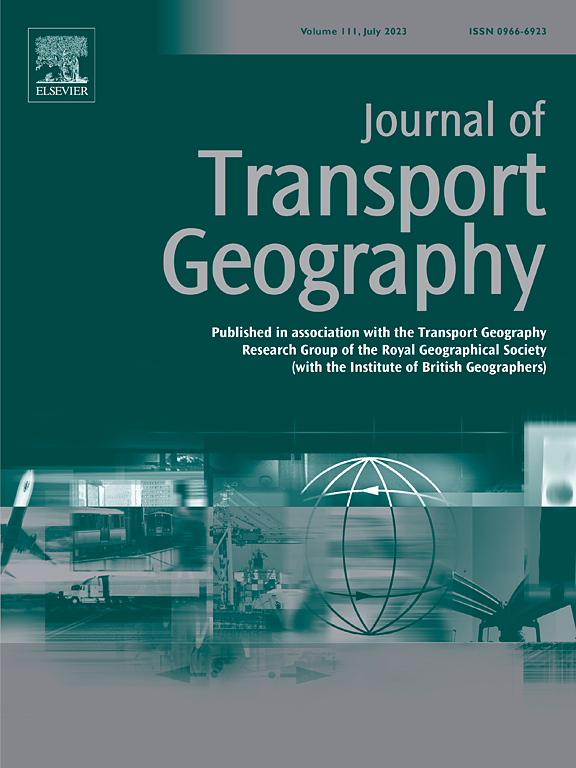Temporal and spatial changes of ungulate activity before and after the construction of the Qinghai-Tibet railway in Hoh Xil, China
IF 5.7
2区 工程技术
Q1 ECONOMICS
引用次数: 0
Abstract
The construction of the Qinghai-Tibet railway (QTR) parallel to the Qinghai-Tibet highway (QTH) has been associated with concerns about its impact on local wildlife. However, to date, most related research has been conducted after the QTR was built, and there is a lack of evidence of the effect of its construction on wildlife. By comparing ungulate survey data along the QTH between 2001 and 2020, an increase in the migration number of Tibetan antelope in the region from around 2000 to 4000 was observed, despite a rise in traffic on the highway from approximately 1000 to 2000 vehicles per day. The average number of kiangs in each survey along the QTH increased from 18 to 32, and the average number of Tibetan gazelle increased from 14 to 16. The herd sizes of Tibetan antelope, Tibetan gazelle, and kiangs during the construction of the QTR were significantly larger than those after the construction of the QTR. After the construction of the QTR, the number of ungulates along the QTH was negatively correlated with the traffic volume, but positively correlated with the distance between the QTH and the QTR. By comparing the distributions of ungulates before and after QTR construction, it was also found that the number of ungulates decreased in areas where the QTH and QTR were close, but increased where the QTH and QTR were further apart. This suggests that the close proximity of the two linear infrastructures can have a cumulative negative effect on ungulate numbers. These findings provide a reference for the future construction and planning of linear infrastructures on the Qinghai-Tibetan Plateau.
青藏铁路建设前后可可西地区有蹄类动物活动的时空变化
青藏铁路(QTR)与青藏公路(QTH)平行的建设一直引起人们对其对当地野生动物影响的担忧。然而,迄今为止,大多数相关研究都是在青藏铁路建成后进行的,并且缺乏证据表明其建设对野生动物的影响。通过比较2001年至2020年QTH沿线有蹄类调查数据,观察到该地区藏羚羊的迁徙数量从2000只左右增加到4000只,尽管高速公路上的交通流量从每天约1000辆增加到2000辆。青藏高原每次调查的平均江豚数量从18头增加到32头,藏羚羊数量从14头增加到16头。青藏铁路建设期间藏羚羊、藏羚和江羊的畜群数量显著大于建设后的畜群数量,建设后青藏铁路沿线有蹄类动物数量与交通量呈负相关,与青藏铁路与青藏铁路的距离呈正相关。在QTH和QTR较近的区域,有蹄类动物数量减少,而在QTH和QTR较远的区域,有蹄类动物数量增加。这表明,两个线性基础设施的接近可能对有蹄类动物的数量产生累积的负面影响。研究结果可为青藏高原线性基础设施的建设和规划提供参考。
本文章由计算机程序翻译,如有差异,请以英文原文为准。
求助全文
约1分钟内获得全文
求助全文
来源期刊

Journal of Transport Geography
Multiple-
CiteScore
11.50
自引率
11.50%
发文量
197
期刊介绍:
A major resurgence has occurred in transport geography in the wake of political and policy changes, huge transport infrastructure projects and responses to urban traffic congestion. The Journal of Transport Geography provides a central focus for developments in this rapidly expanding sub-discipline.
 求助内容:
求助内容: 应助结果提醒方式:
应助结果提醒方式:


